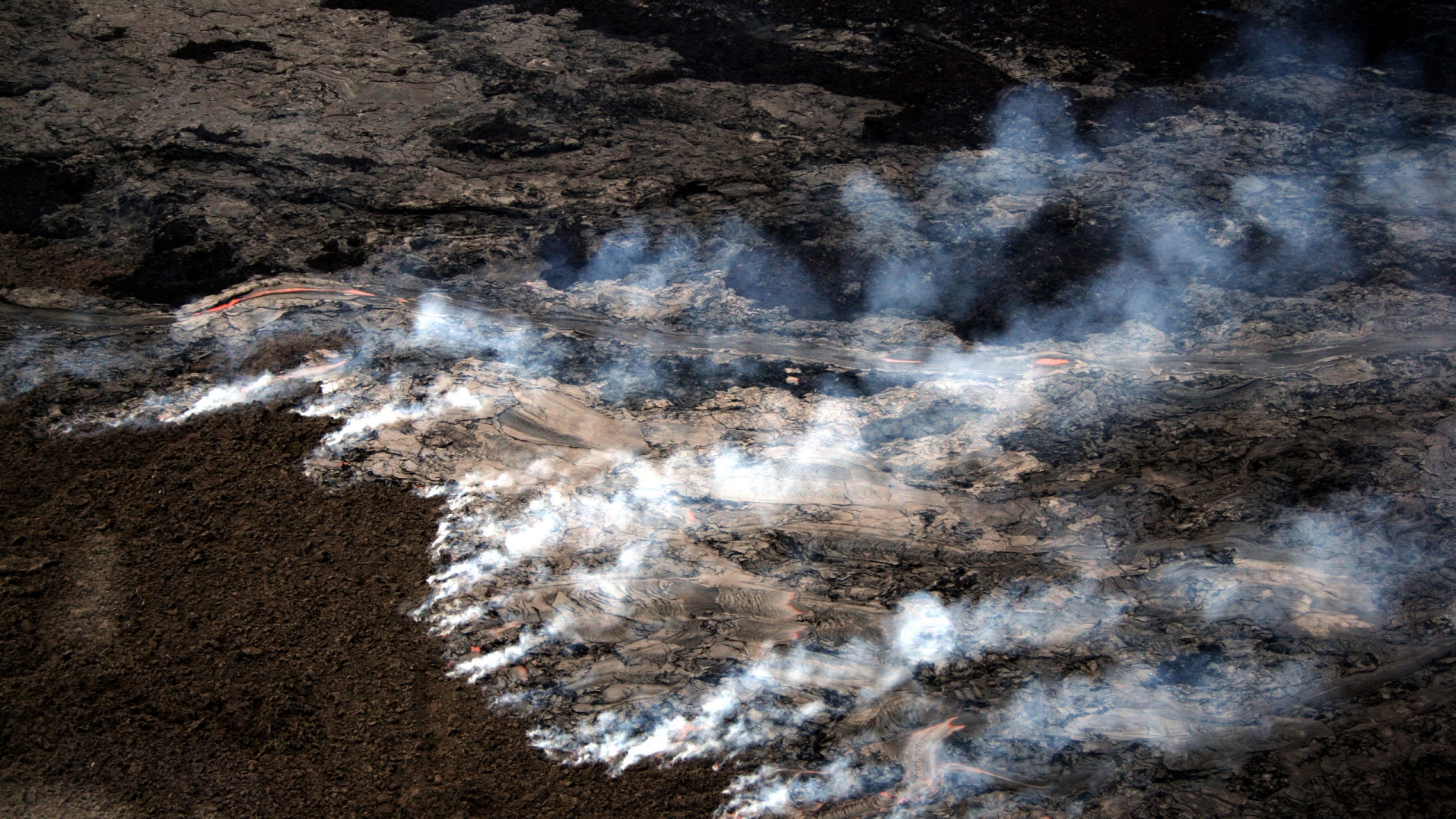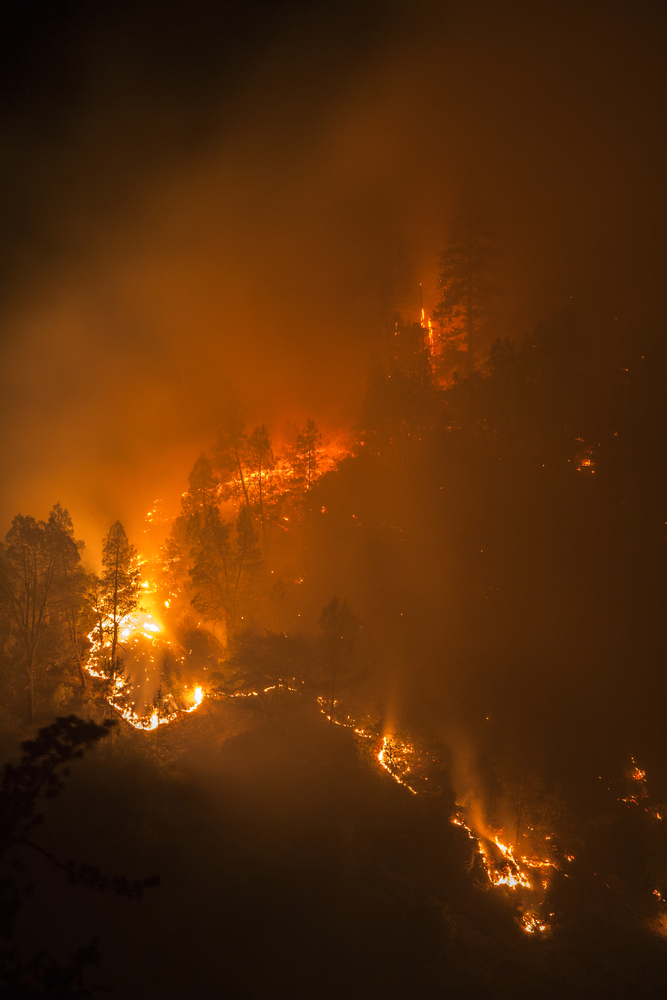

The weather conditions that influence fires can also vary within seasons. These and other factors have a net impact on the expected fire intensities as the fire season progresses (Gill et al. Patterns such as these can also be related to fuel moisture and duff moisture (Amiro et al. 2001), Florida (Brenner 1991, Beckage et al. For instance, El Niño Southern Oscillation (ENSO) and the Pacific Decadal Oscillation (PDO), singly or in combination, are associated with fire activity levels in widely separated regions, such as Colorado (Donnegan et al.

These effects of climate can be manifested throughout the United States (McCabe et al. 2003).Īt the scale of individual fire seasons, variations in fire activity are controlled by seasonal climate fluctuations and their anomalies (Flannigan and Harrington 1988, Westerling et al. This would be reflected in increases in total area burned and the number of large fires (Piñol et al.

Climate changes in the future may be associated with a long-term net increase in fire activity resulting from warmer climatic conditions that would increase the number of days of very high and extreme fire weather (Williams et al. Grissino-Mayer and Swetnam ( 2000) examined patterns in past centuries and have hypothesized that changes in rainfall patterns result in a climate forcing of fire regimes. Long-term variations in climate conditions, including global climate change, are likely to have significant effects on many components of the biosphere, including wildland fire regimes (Swetnam 1993). We aim to identify regimes in average weather, lasting weeks or perhaps months, and relate these regimes to occurrences and extents of fires.

In this report, we examine the relationships between weather variables as they vary together within the fire season. The affects of weather on fire can be manifested on a range of scales from hours to many decades. 1979, Johnson 1992) and the behavior of burning fires (Schroeder and Burk 1970, Turner and Romme 1994). Climate and weather exert a dominant control over fuel moistures (Fosberg 1972), ignitions from lightning (Fuquay et al. The occurrence of fire ignitions and fire behavior are driven by natural factors, such as local and regional weather and climate conditions (Hubbard 1980, Bessie and Johnson 1995, Allen 2002, Westerling et al. The definition of subseasons also enhances our understanding of plant growth and development throughout the seasons, and provides managers with an objective tool to anticipate and adapt to the changing weather conditions. Our method for identifying subseasons could be applied by scientists using data from other regions to obtain subseason boundaries appropriate for their climatic regimes. The quantitative establishment of these fire subseasons defines homogeneous periods of weather regimes that will improve the outputs of some fire models by controlling for seasonality. From these results, we concluded that fire-weather can assume a uniform state for anywhere from two to six weeks, and then change into a considerably different regime. These results were partially validated against databases containing 29 years of historical fires and 16 years of historical Energy Release Component (ERC) data. From this analysis, we identified six subseasons between March 1 and September 30 and explored the average weather conditions during each subseason. Then, we used multivariate analysis of variance (MANOVA) of each calendar day, based on before and after periods of twelve days to identify the most distinct, natural breaks as expressed by the combination of weather variables as they change throughout the fire season. First, we conducted an exploratory analysis of weather conditions using the univariate t-test to determine if natural breaks in the weather conditions could be identified. We used a long-term dataset of weather parameters to characterize comparatively homogeneous periods, or subseasons, within the fire season. Weather and climate contribute to the multidecadal, seasonal, and daily cycles of the potential for fire ignitions and for the severity of fires.


 0 kommentar(er)
0 kommentar(er)
